
Bronze Bust of Egyptian Goddess Isis Discovered at Satala, a Roman Military Fortress in Northern Türkiye
A 20-centimeter bronze bust of Isis found in the Roman city of Satala reveals the presence of Egyptian religious traditions among legionaries stationed in the Anatolian highlands. Archaeologists working at Satala, a major Roman military center in Kelkit, Gümüşhane Province, have unearthed a finely crafted bronze bust of the Egyptian goddess Isis. The rare discovery

Archaeologists Identify the Burial Chamber of Georgian King Ashot the Great at Gevhernik Castle
Archaeologists working at Gevhernik Castle in Ardanuç, northeastern Türkiye, have identified a vaulted burial chamber beneath the apse of the Church of Saints Peter and Paul, believed to be the long-lost tomb of Georgian King Ashot I (Ashot the Great, Kuropalates) — a pivotal ruler in the formation of medieval Georgia.The discovery provides the first
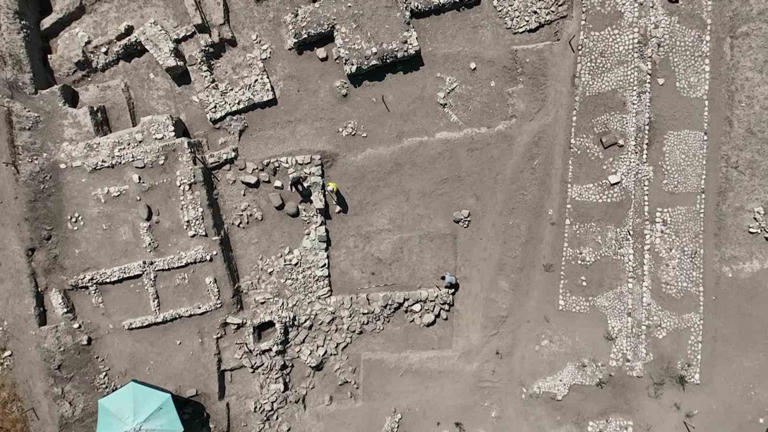
Lost Temple Unearthed in Amasya: Built from Volcanic Rock, Absent from Ancient Records
Archaeologists in Türkiye have uncovered a mysterious 2,600-year-old temple at Oluz Höyük in Amasya—one that is absent even from the writings of ancient historians such as Herodotus and Strabo. The discovery sheds new light on Central Anatolia’s religious landscape during the Iron Age. Excavations, led for 19 years by Prof. Dr. Şevket Dönmez of Istanbul

Gifted Burials Unearthed at İkiztepe Mound: An Avenger and a 6-Year-Old Child
Two remarkable “gifted burials” have been uncovered during this year’s excavations at the İkiztepe Mound in Bafra, Samsun. The discoveries shed new light on the burial traditions and social structures of Early Bronze Age communities in northern Anatolia. An Avenger Buried with Harpoons and a Child with Bracelets According to excavation director Assoc. Prof. Aslıhan
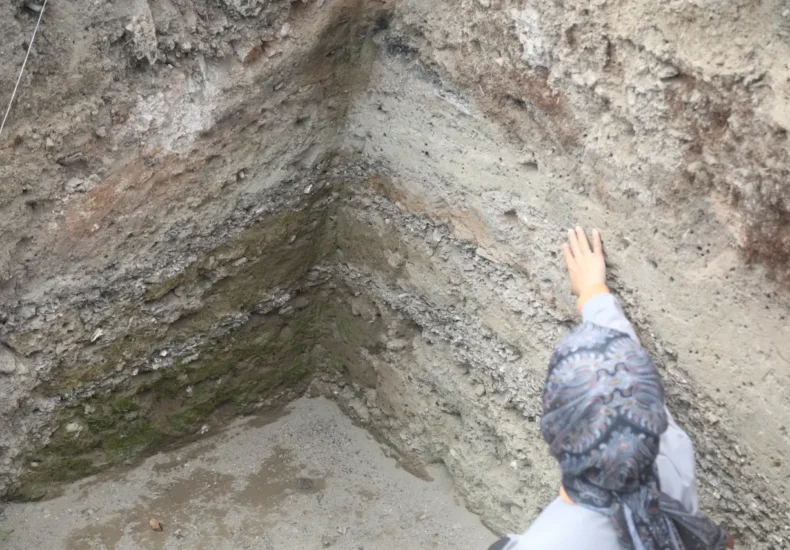
4,500-Year-Old Mussel Shells Unearthed at İkiztepe: Clues to Bronze Age Cuisine and Trade in the Black Sea Region
Archaeological excavations at the İkiztepe Mound in Türkiye’s Samsun province, ongoing for over half a century, have uncovered Mediterranean mussel shells dating back to the 4th millennium BC. The discovery sheds light on ancient trade routes and Bronze Age dietary habits in northern Anatolia. A Half-Century of Excavations Revealing a Lost Settlement Situated in the
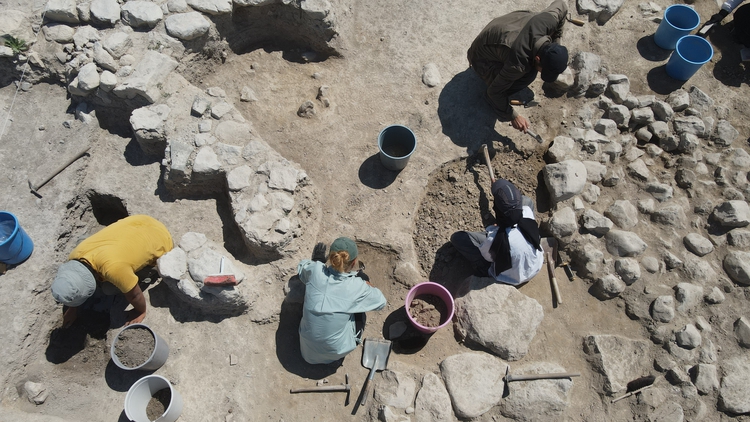
Traces of the Kaška People Unearthed at Oymaağaç Höyük: New Clues to the Hittite Sacred City of Nerik
In the Vezirköprü district of Samsun, northern Türkiye, Oymaağaç Höyük—identified over two decades of excavations as the Hittite sacred city of Nerik—has revealed new traces of the elusive Kaška people, one of Anatolia’s lesser-known indigenous groups. Recent finds, including architecture and pottery from the Middle Bronze Age and Iron Age, are offering unprecedented insights into
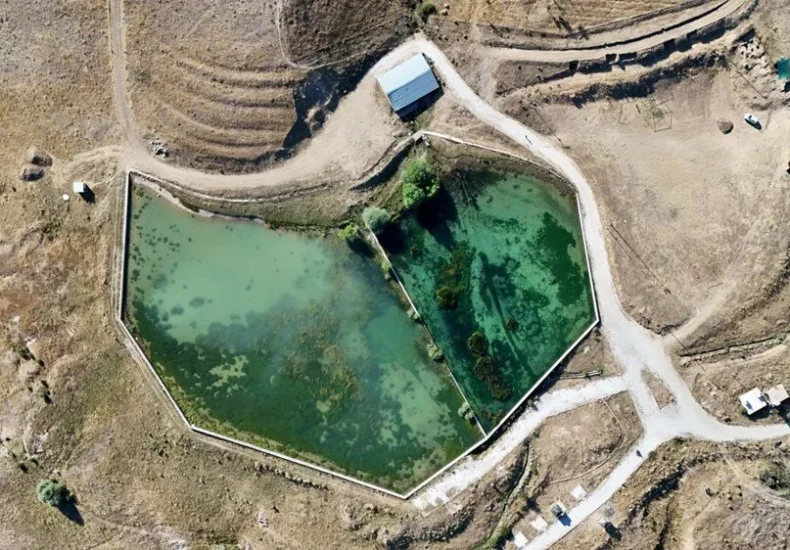
2,000-Year-Old Roman Pool Still Supplies Water in Satala, Türkiye
In the Kelkit district of Gümüşhane, the Satala Ancient City houses a remarkable 2,000-year-old Roman pool that once served Roman legionaries and still meets the drinking and irrigation needs of the nearby Sadak village. Located in the heart of Satala, the pool is considered one of the most significant structures of the ancient city. While
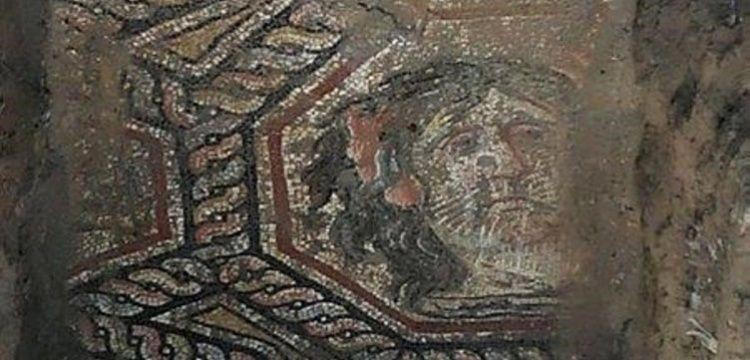
Mosaic Clues Suggest Roman General’s Residence in Ancient İznik
A stunning new archaeological discovery in the ancient city of İznik (ancient Nicaea), Türkiye, has revealed Roman-era graves and vibrant mosaics — possibly part of a noble residence once belonging to a Roman general. Archaeologists from the İznik Museum Directorate uncovered three new burial plots and a basilica floor decorated with colorful mosaics in the
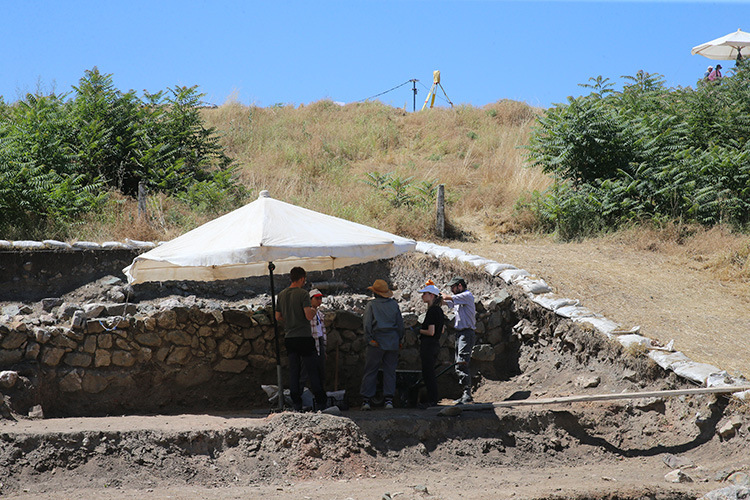
Excavations Resume at Komana: Sacred City of the Anatolian Goddess Ma
Archaeologists have resumed excavations at the ancient city of Komana in Tokat, northern Türkiye, a sacred site once dedicated to the powerful Anatolian goddess Ma. The 2025 season began in early July and will continue until August 15, led by Prof. Dr. Burcu Erciyas of the Middle East Technical University (METU), with the support of

Illegal Excavation in Türkiye’s Tokat Uncovers Rare Roman Mosaic
An illegal excavation in the Zile district of Tokat province has led to the unexpected discovery of a colorful Roman-era mosaic, shedding new light on the region’s rich and ancient history. Archaeologists believe the intricately designed floor mosaic may have once adorned a public building during the Roman period. Tokat is known as one of
